Apple Watch continues to prove successful in not only helping users achieve health and fitness goals, but also in saving lives, the most recent being William Monzidelis, who nearly died from an erupted ulcer earlier this month.
Monzidelis, 32, was at work in early April when he started feeling dizzy and headed to the bathroom. Shortly after, he started bleeding and soon got an alert from his Apple Watch warning him that his heart rate was at an alarming level. The device recommended Monzidelis seek medical attention.
His mother, Nancy, rushed him to the hospital. On the way, Monzidelis drifted in and out of consciousness and continued to bleed from his mouth and rectum, ultimately losing 80 percent of his blood. Due to the severe blood loss, he had to receive an emergency blood transfusion before being rushed into surgery.
Doctors on the scene credited Apple Watch with saving Monzidelis' life, saying he most likely would have ignored his symptoms and not received medical treatment in time. Monzidelis, who lives in New York and works at his family's bowling alley Bowerland, generally considered himself in good health and agrees with the doctors' assessment.
"I would have been working in my office and they would have found me dead," he said.
It isn't clear if Monzidelis' symptoms were discovered by Apple's Heart Study app, another similar title or the device's built-in heart rate monitoring features.
The Apple Heart Study is available as a free download on the App Store and launched as a partnership with Stanford to research Apple Watch's ability to detect irregular heart rhythms. Alternatively, Apple provides a standard feature capable of detecting elevated heart rates, a physiological response sometimes related to life-threatening ailments.
Apple Watch has a long history of alerting users to potentially deadly health predicaments. Just yesterday, Apple Watch was credited with saving an 18-year old Florida woman who was suffering from undiagnosed kidney disease.
Beyond health tracking functions, Apple Watch also boasts communications tools that can help save lives. Last year, a woman used the device's Emergency SOS feature to contact first responders after a drunk driver hit her car.
 Andrew O'Hara
Andrew O'Hara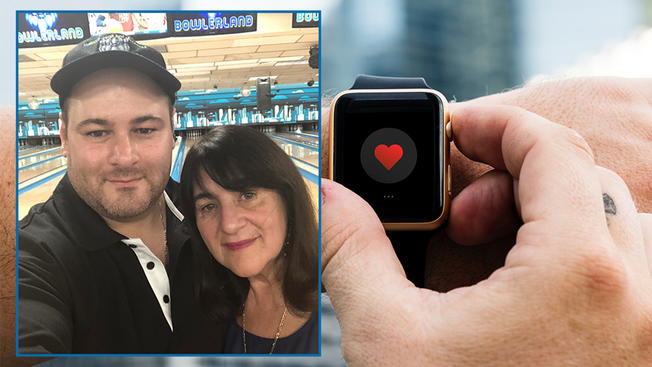
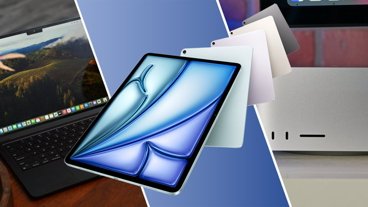
-xl-(1)-xl-xl-m.jpg)


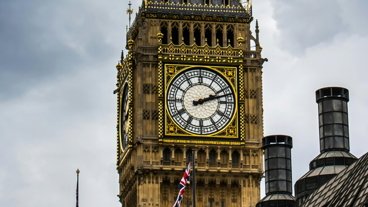


-m.jpg)






 Wesley Hilliard
Wesley Hilliard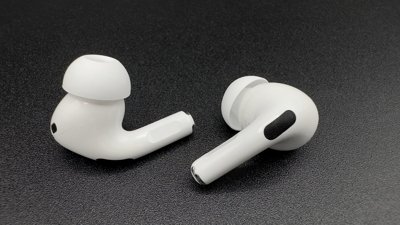
 Marko Zivkovic
Marko Zivkovic
 Andrew Orr
Andrew Orr
 Malcolm Owen
Malcolm Owen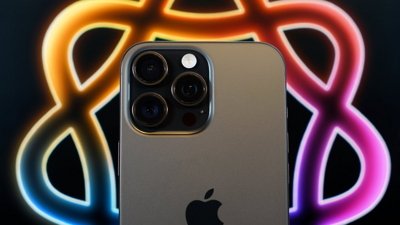

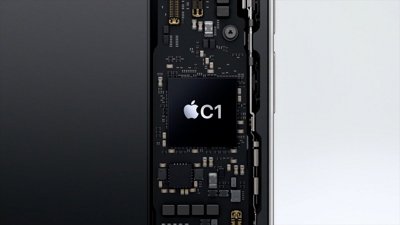
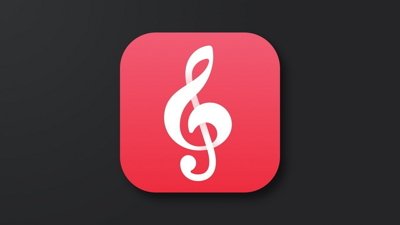
 William Gallagher
William Gallagher

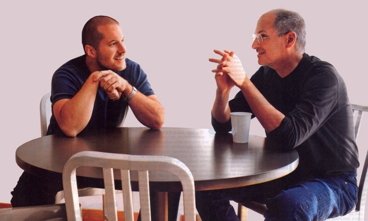




24 Comments
My Apple Watch 2 didn’t save my life, but it did convince me I really was sicker than I thought. I had recently had a minor surgery, and had an inf3ction I was unaware of. I thought I was just weak from the surgery and recovery, but when my watch started warning me of unusually high heart rates while I was simply sitting I went to an urgent care before my first post surgery checkup. Ended up in hospital for a few days (discharged the day before thanksgiving and my 47th birthday) with a bad case of SEPSIS! My post-op checkup was Suppose to be just a few days after my trip to the urgent care, so surely it would have been caught then. Moral of the story, if the watch is worried about you, get it checked out!!!
In this case, I think the oral and anal bleeding were the biggest warning signs.
If you're sitting around and your heart is going 200bpm you don't need a watch to tell you something is really wrong!